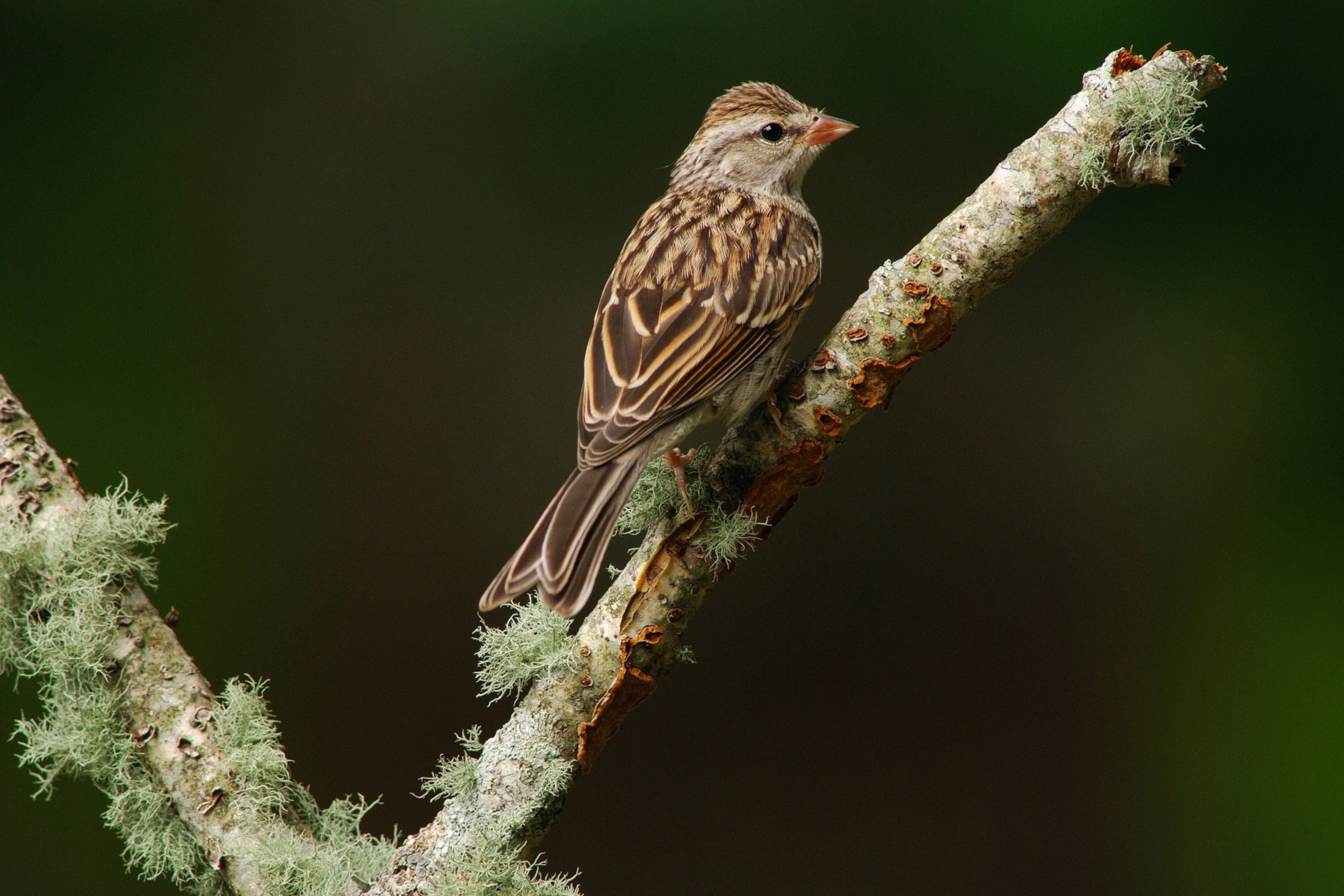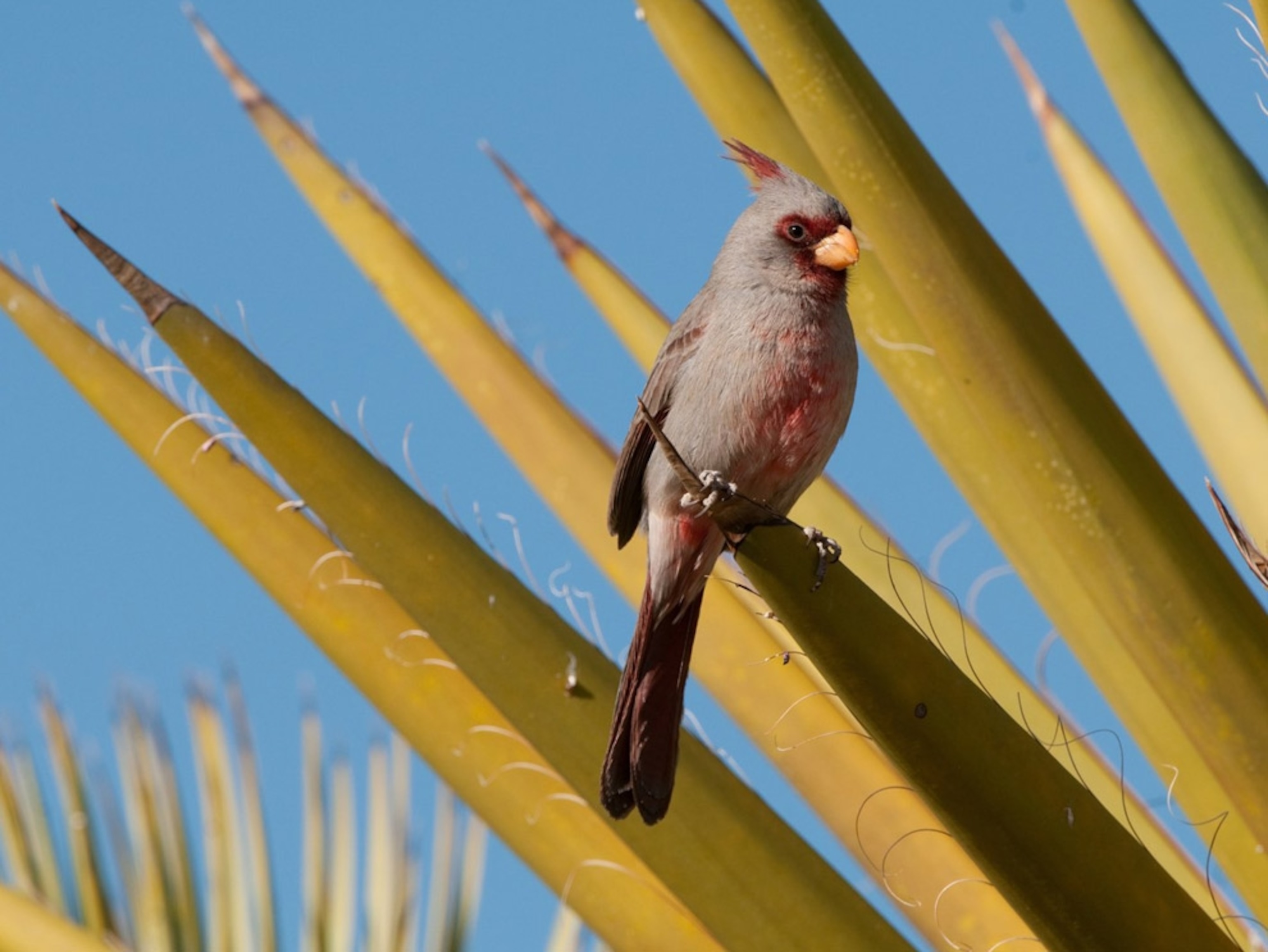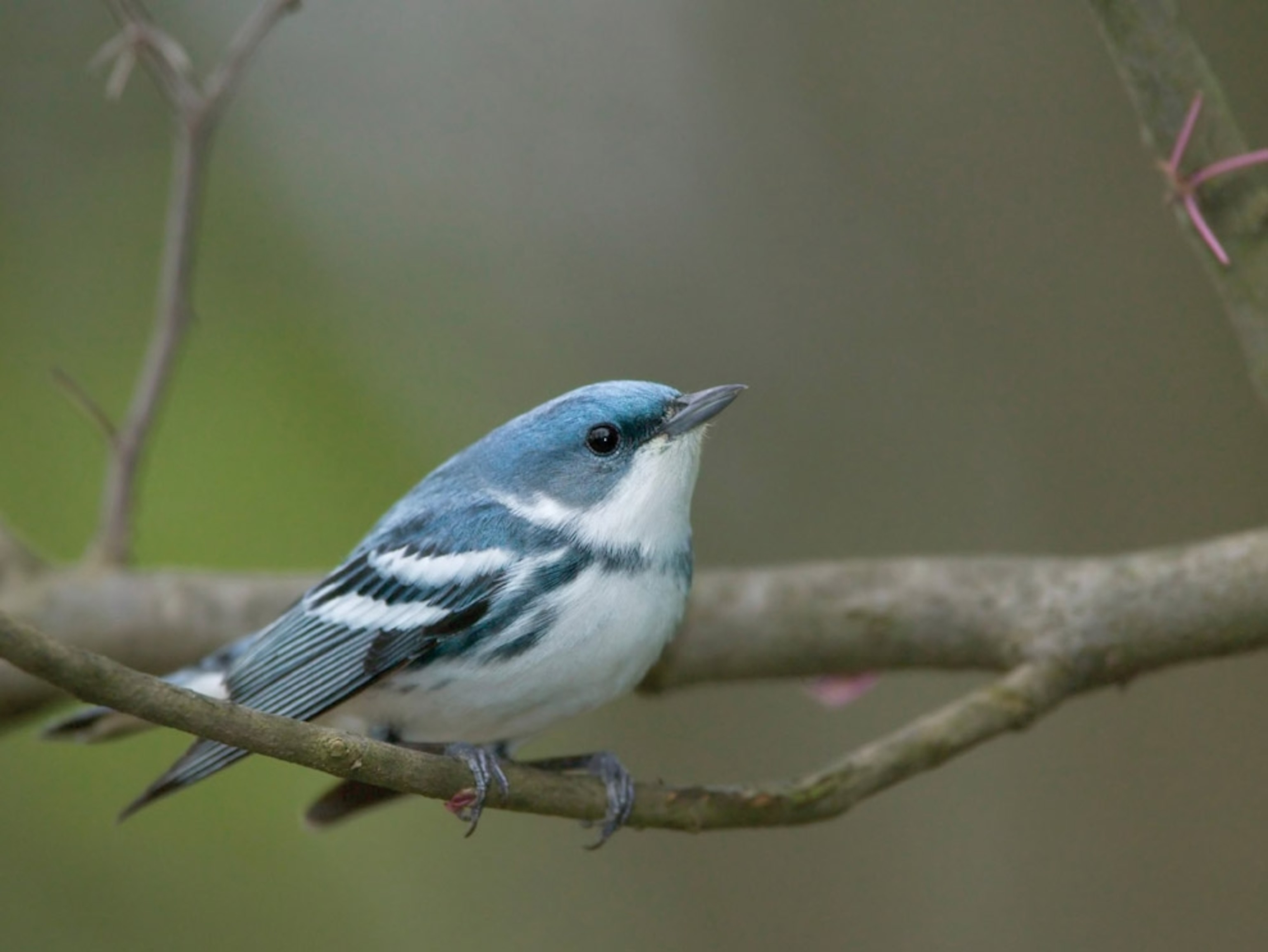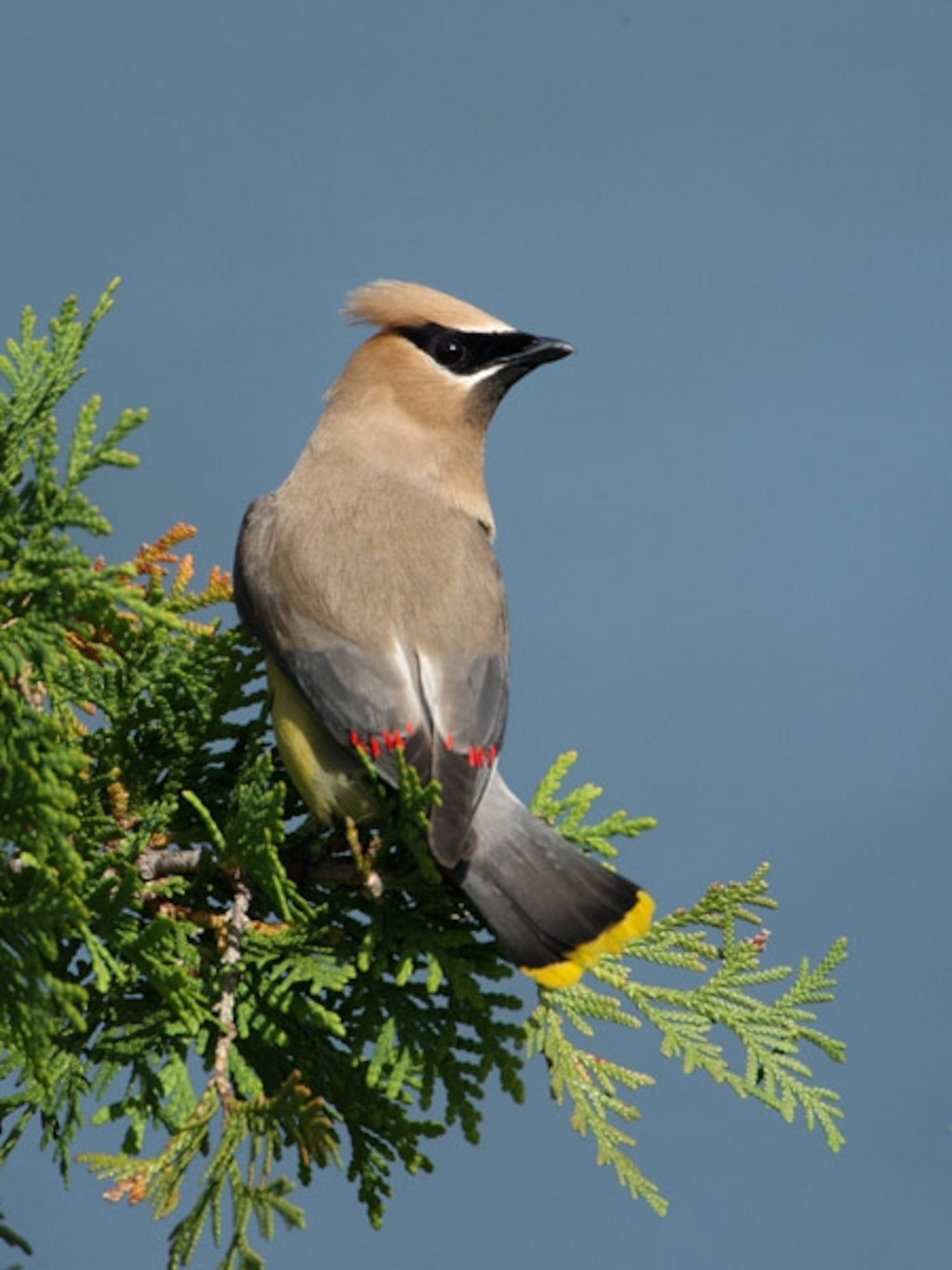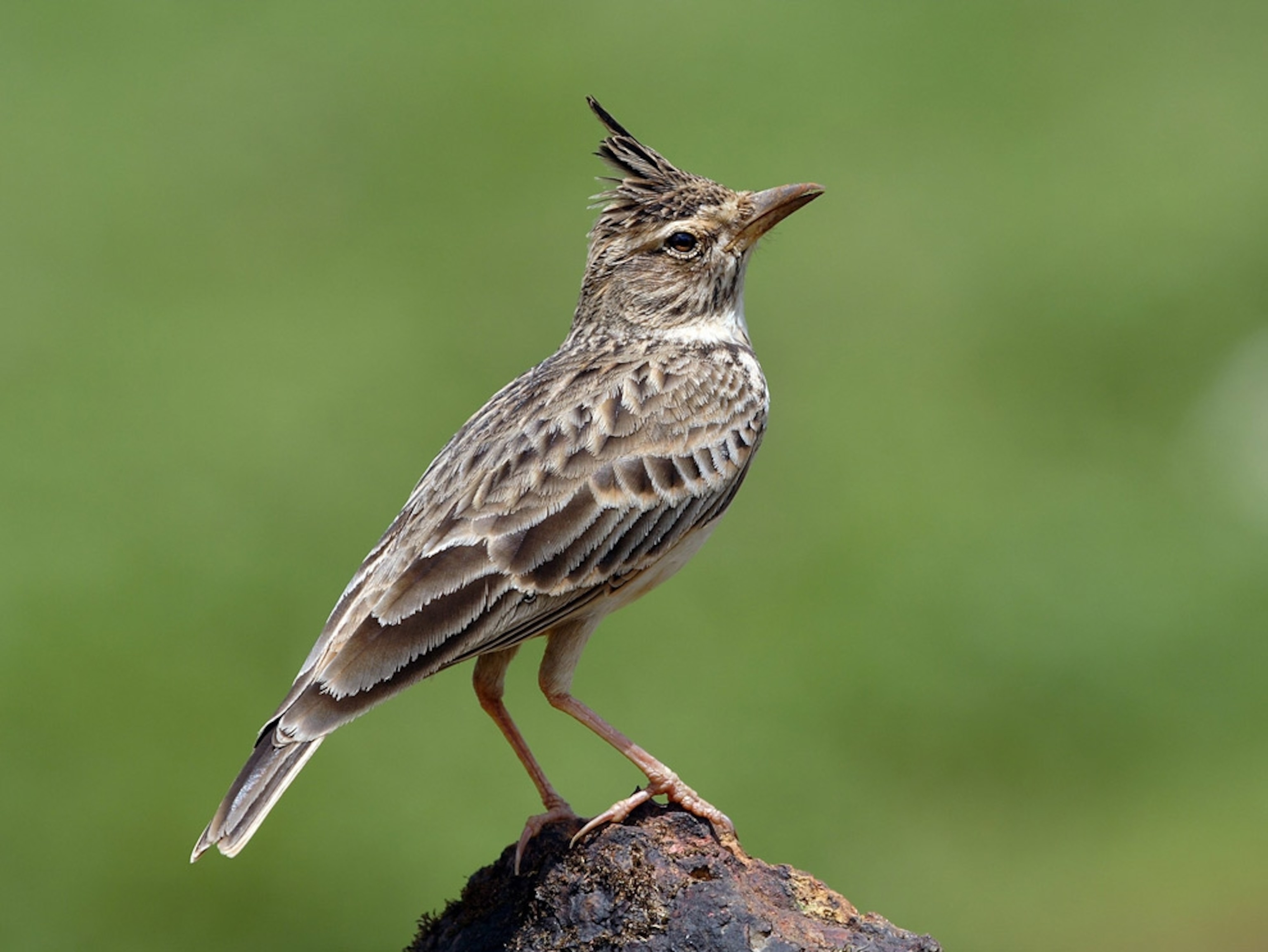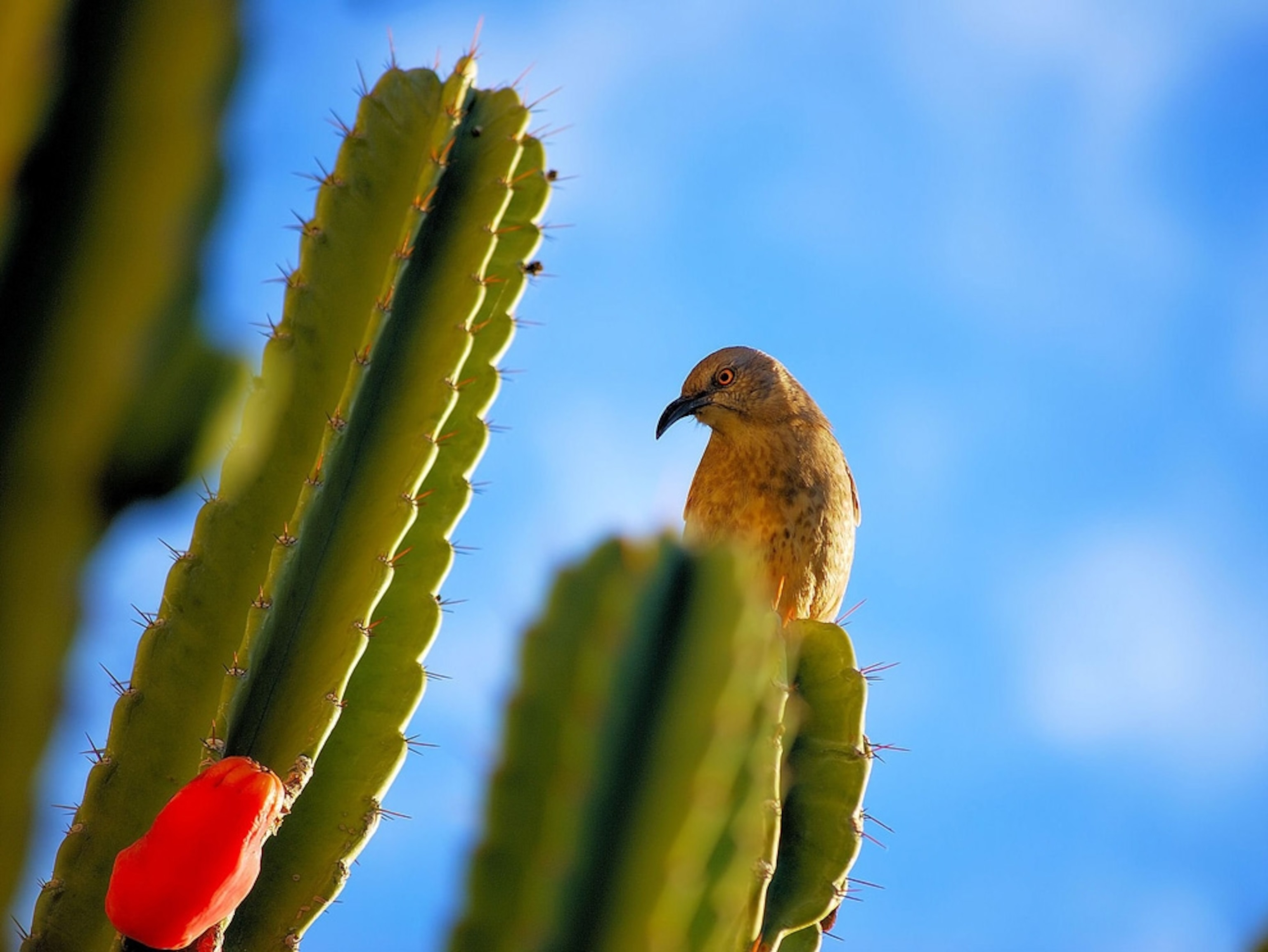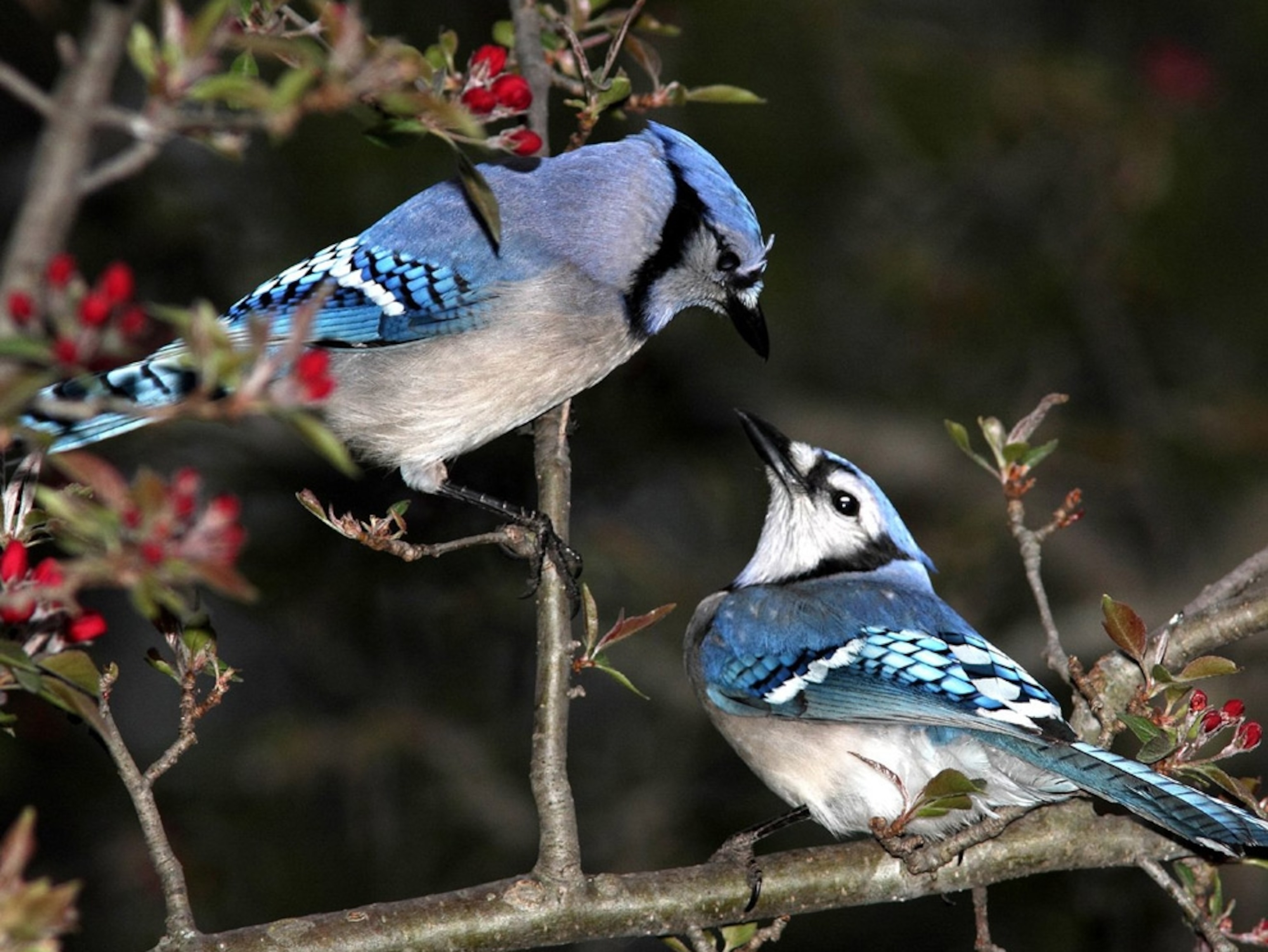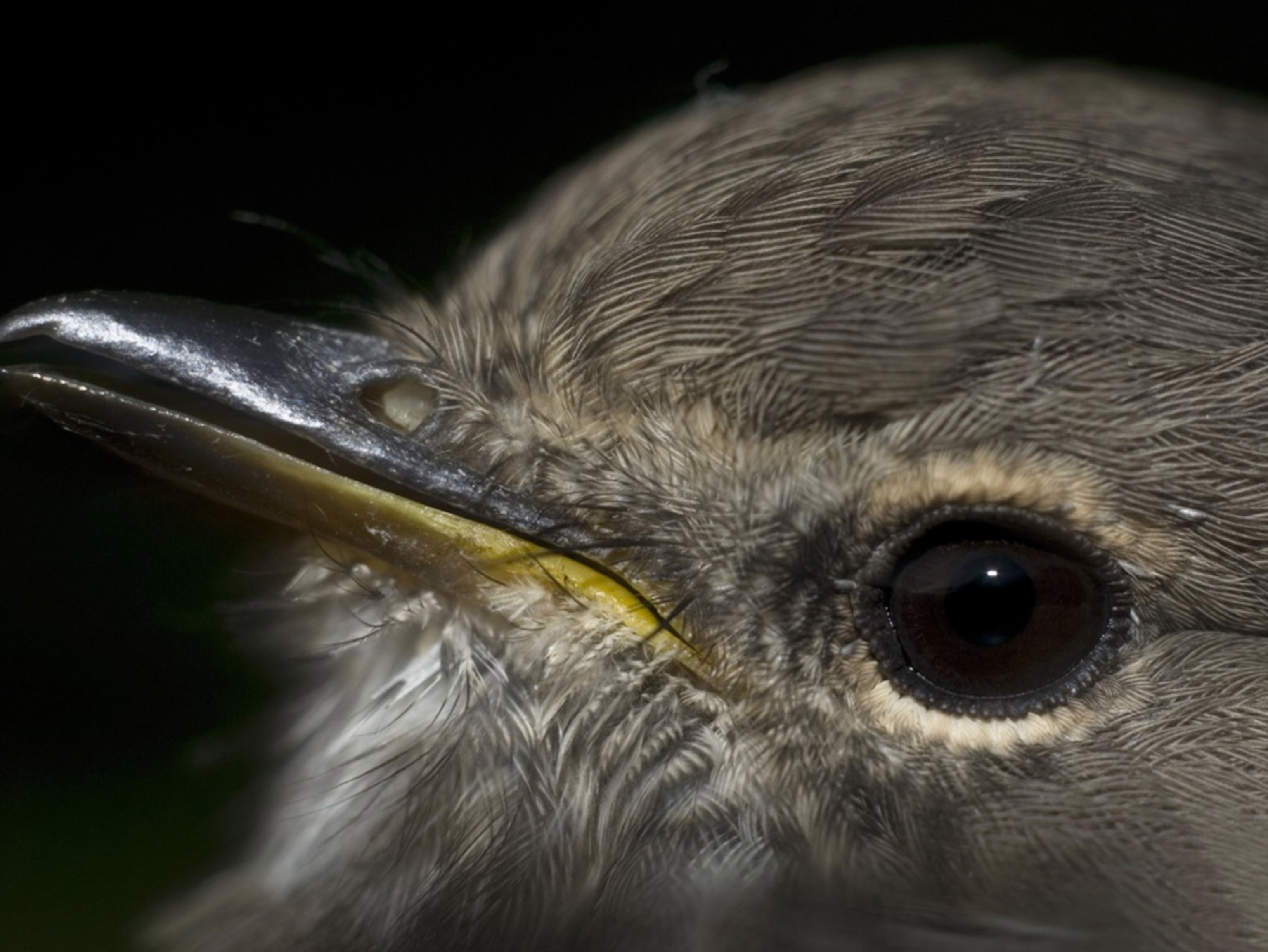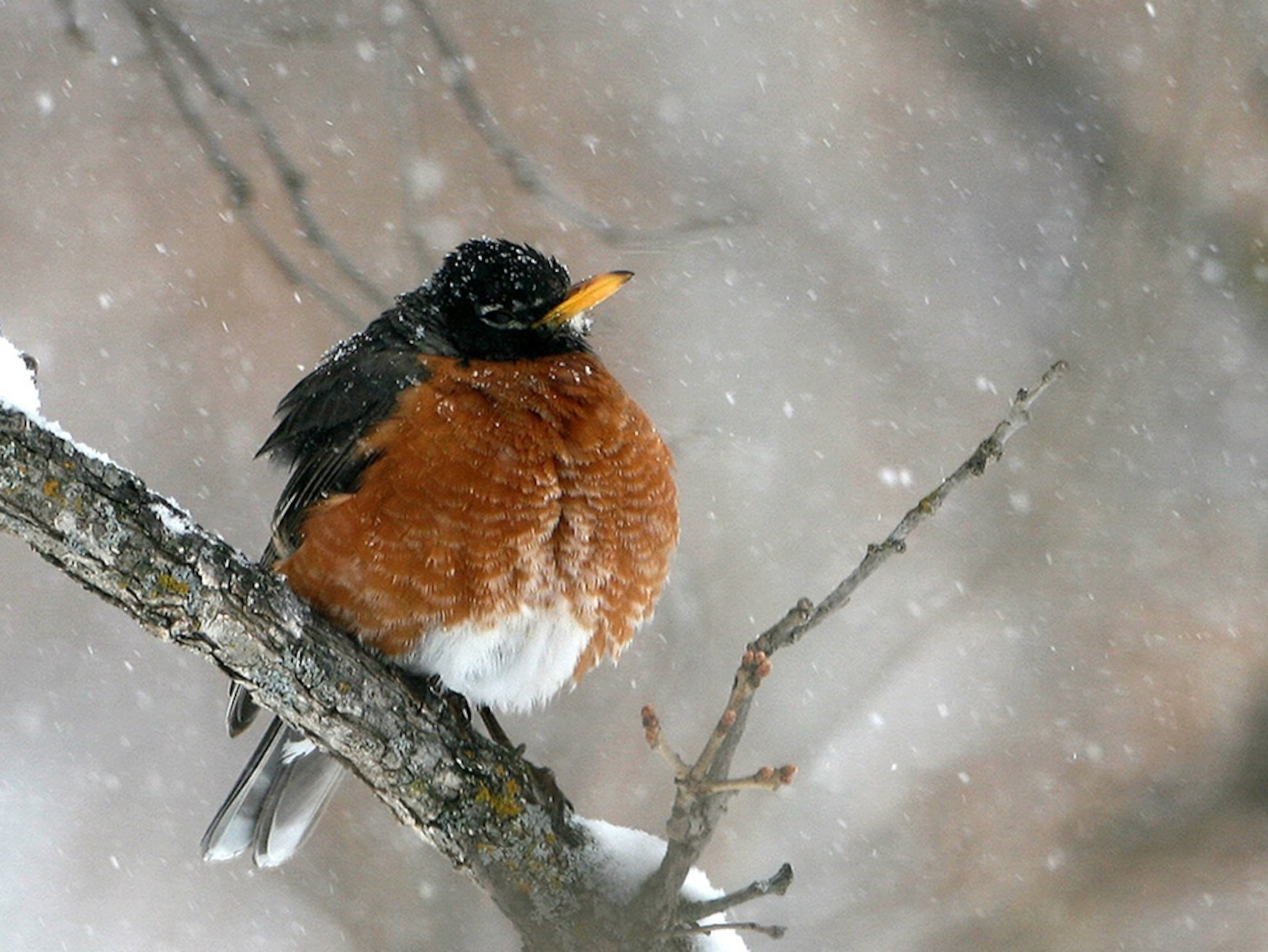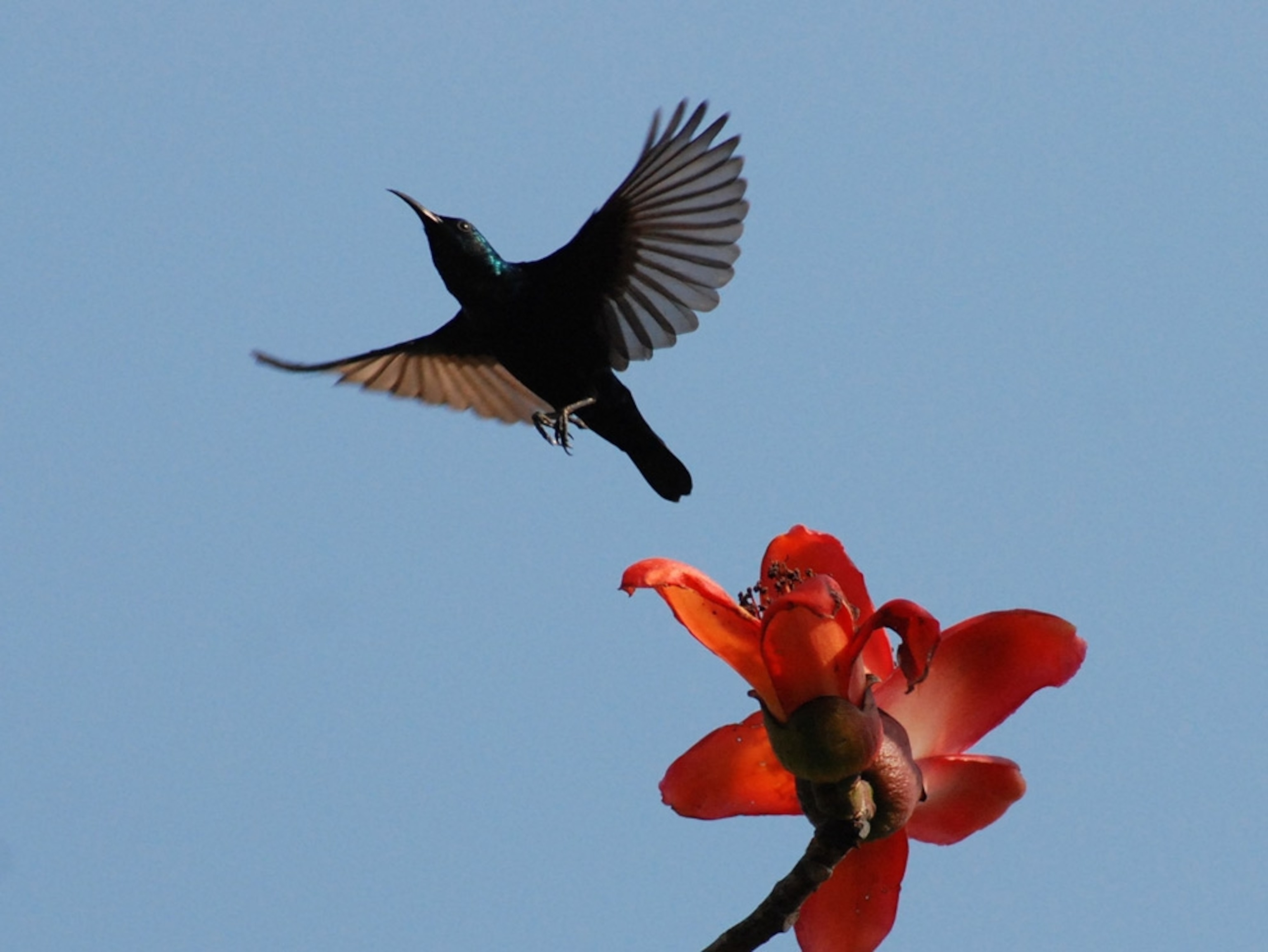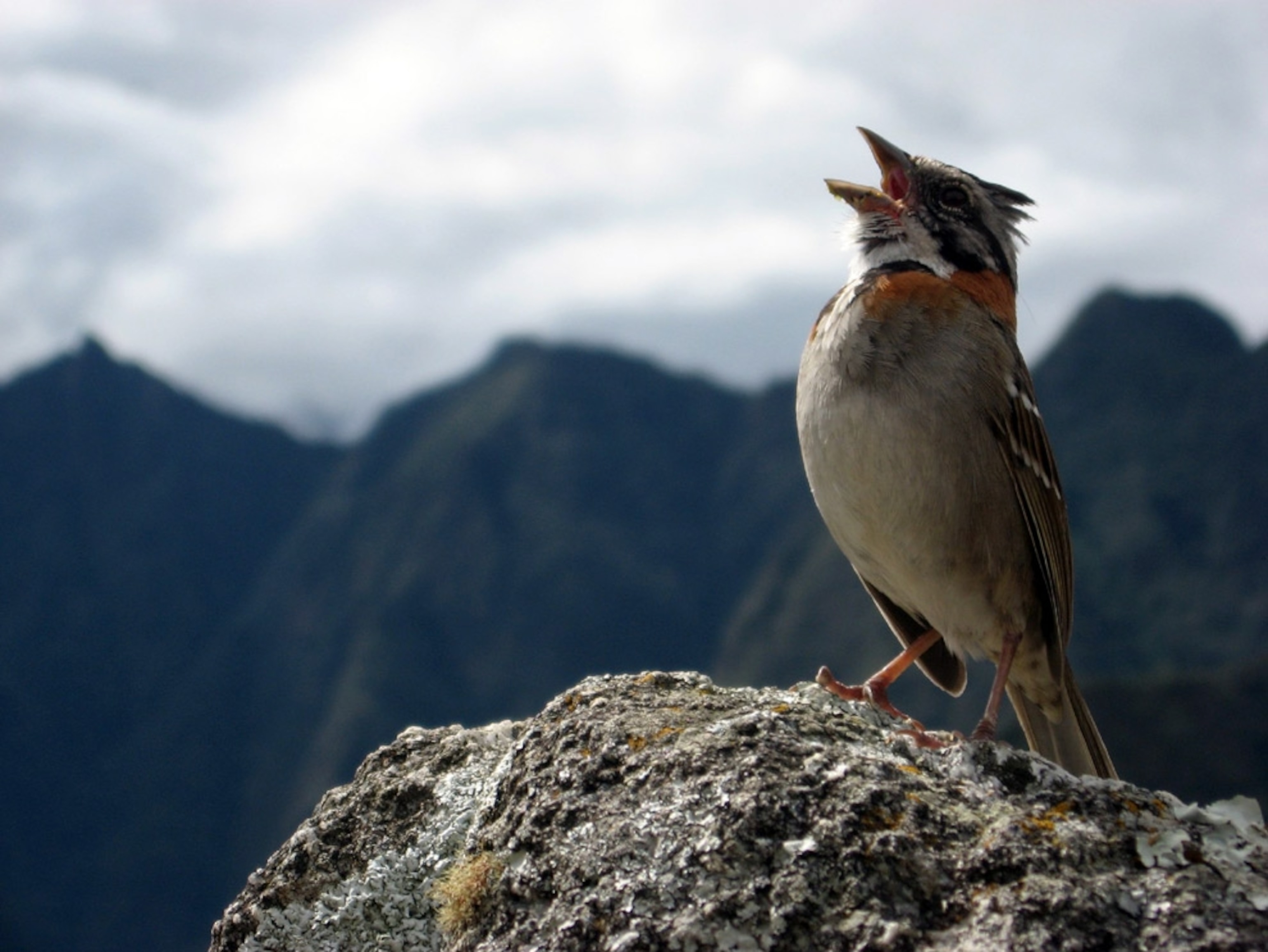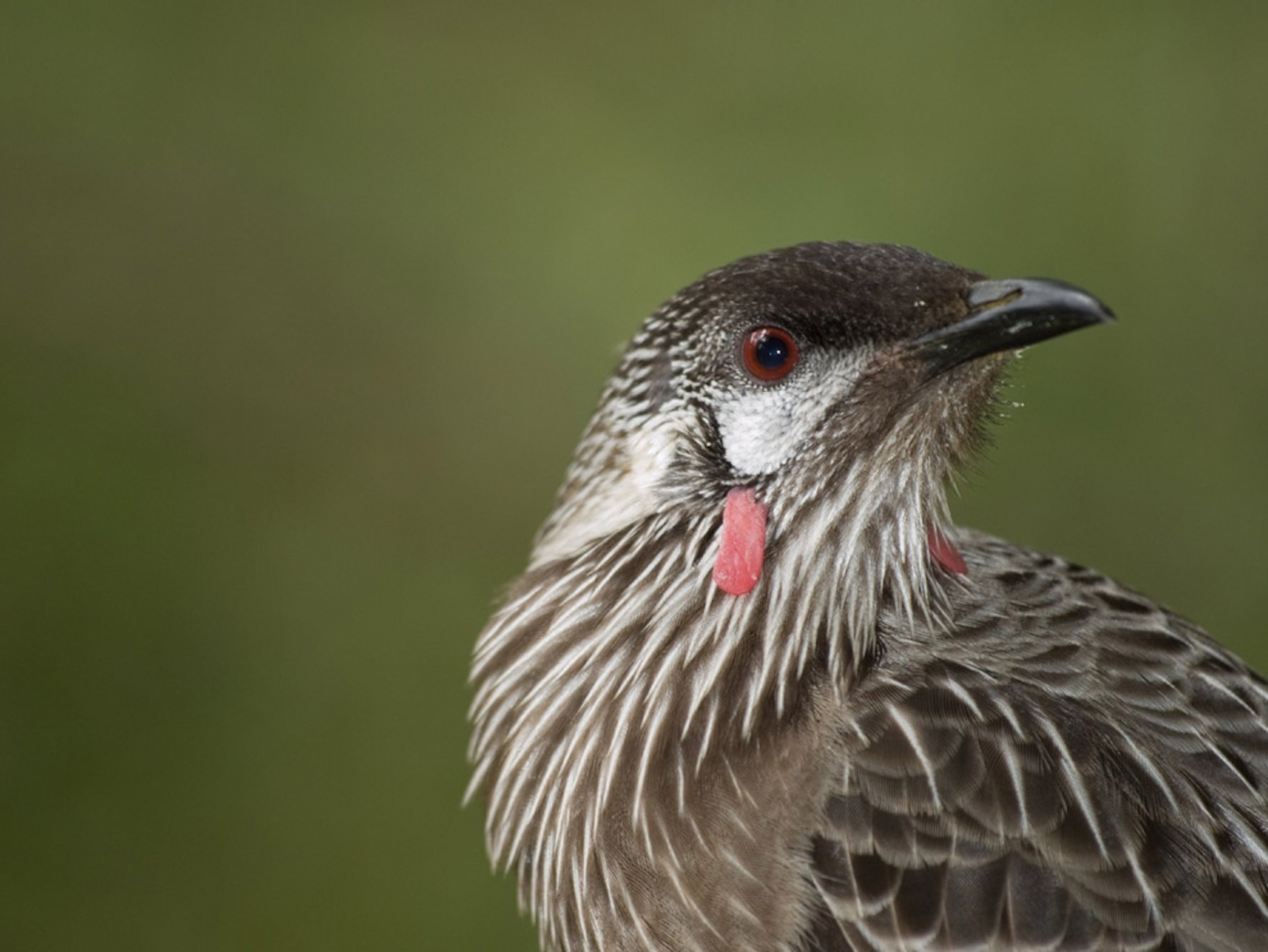You might not notice it while hiking through the woods or strolling through a city park, but according to a new study, bird populations across North America are in a state of quiet freefall.
In fact, compared with bird counts from 1970, scientists now estimate that the United States and Canada, which are home to 760 bird species, have lost around three billion birds.
The study, published today in the journal Science, analyzed a combination of long-term population surveys as well as weather radar data to tease out the trend. Overall, the researchers discovered that birds found in grasslands—including well-known families such as sparrows, warblers, blackbirds, and finches—have been hit hardest, with their populations cut 53 percent over the last 48 years. (Read why birds matter in National Geographic magazine.)
With nearly three-quarters of all grassland species experiencing decline, it seems these biomes, which include farmers’ fields, are especially vulnerable to habitat loss and exposure to toxic pesticides. But plummeting bird numbers may also be linked to huge drops in insect populations—an important avian prey, the researchers say.
“We should take it as staggering, devastating news,” says study senior author Peter Marra, director of the Georgetown Environment Initiative at Georgetown University.
That’s because birds are crucial to the healthy functioning of ecosystems. Not only do our feathered friends help keep crop pests and other insects in check, but they also play critical roles in distributing seeds, disposing of rotting carcasses, and even pollinating plants.
What’s killing birds?
For the study, Marra and colleagues analyzed range-wide population estimates across 529 species of birds, some of which provided around half a century’s worth of data. They also included biomass estimates from weather radar, which can actually detect birds as they take to the skies at night to complete their biannual migrations. This helped the team calculate how populations have changed in areas where on-the-ground monitoring is more sparse, like the far north.
Once all the changes were added up, it amounted to a loss of 2.9 billion birds since 1970—a total reduction of 29 percent. (Read about eight bird species that have disappeared this decade.)
Though North American birds are vastly diverse, there are some common drivers behind their demise. “You only need to fly across the country to see that we’ve drastically changed the face of the earth,” says Marra. “There’s a lot of habitat that’s just gone.”
The widespread use of pesticides has not only harmed insect populations, but the birds themselves: A recent study found that when birds eat seeds treated with certain neonicotinoid pesticides, they immediately lose weight, which in turn hinders their ability to migrate.
Other causes include collisions with glass windows, which may kill some 600 million birds each year, and house cats, which are estimated to hunt down between one and four billion birds each year.
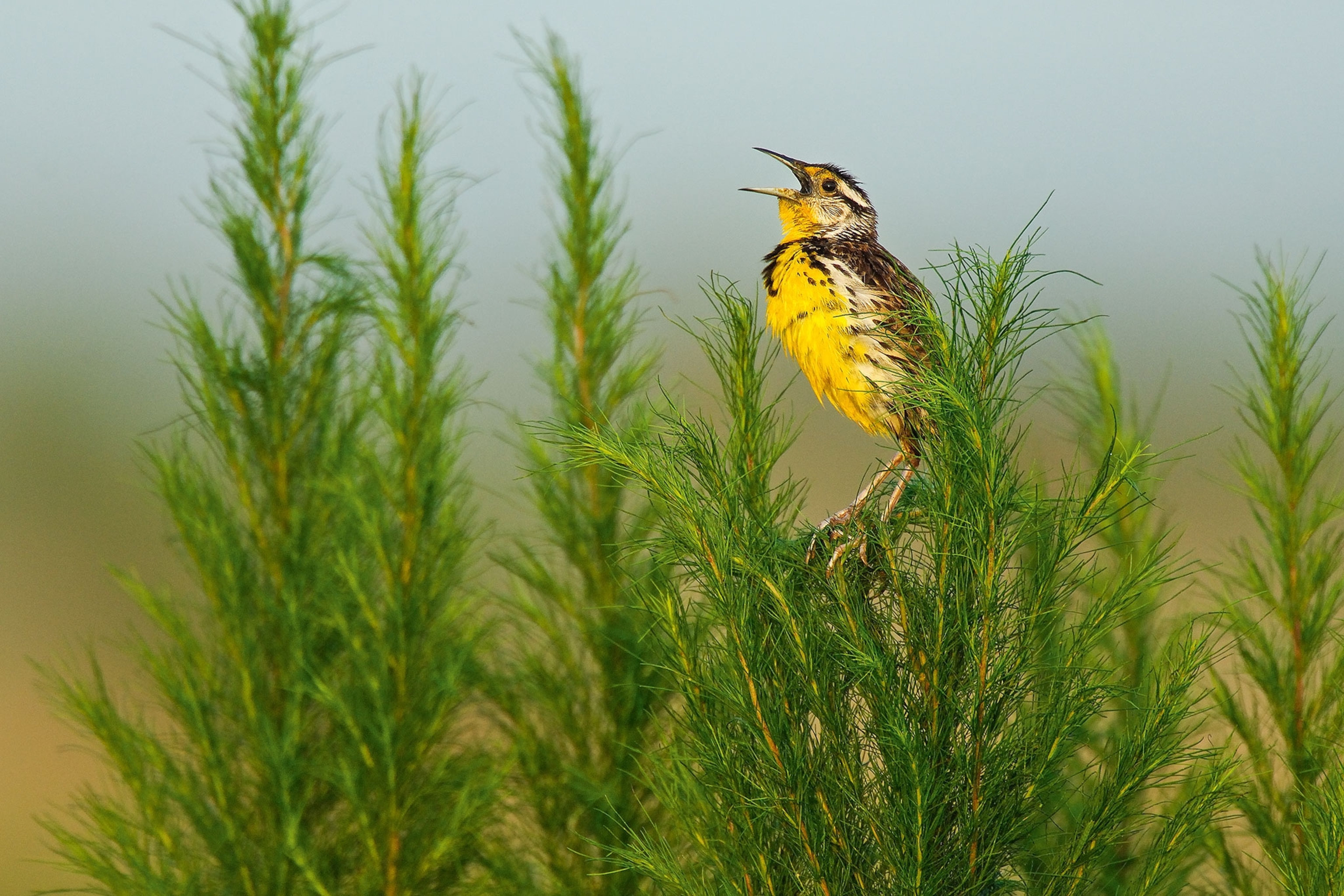
Clearly, the hits are adding up.
It’s not too late
Lucas DeGroote is the avian research coordinator for the Carnegie Museum of Natural History, which runs one of the longest continually operating bird-banding stations in North America, out of Powdermill Nature Reserve in southwestern Pennsylvania. He says the new study is “not at all surprising.”
“We’ve been banding birds here since 1961, and across that almost 60 years, we’re catching fewer birds in volume than we once did, and the species composition has also changed,” says DeGroote. “So it’s really great to see an analysis that puts some numbers to that.”
Despite the magnitude of the findings, both experts believe that there’s still time to reverse the trend. For instance, people “can make sure cats are kept inside, plant native plants, and minimize the impacts windows have,” Marra says. (See six things you can do to help birds.)
Adds DeGroote, “There’s this saying, The best time to plant a tree was 20 years ago. The next best time to plant a tree is now.”
In other words, the choices we make now will determine what happens next. “I think that level of optimism is needed for conservation,” he says.
